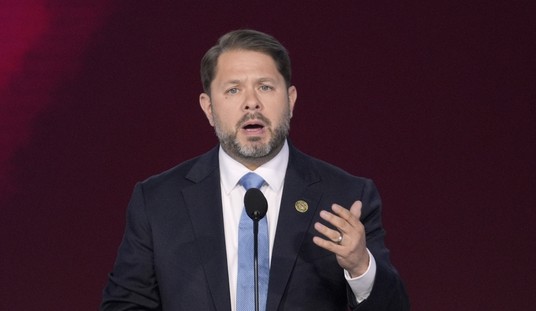Conservatives have always advocated the idea of keeping the safety net intact, while reforming the big three entitlement programs: Medicare; Medicaid; and, Social Security. Reform is different from cutting programs. The left constantly accuses the right of advocating deep cuts to entitlement programs that benefit low income Americans. The correct position for conservatives is to advocate strong reform to attack waste, fraud and abuse without cutting essential services that people rely upon – especially the elderly.
One plan that falls into the category of a “cut” and not a “reform” is a current plan to cut home health benefits provided under Medicare. Payments for Medicare’s home health benefit are poised to undergo the most substantial change in the last 17 years if implemented as proposed. If not withdrawn, these policy changes could spell big trouble for the 3.5 million American seniors who depend on home healthcare.
In its latest annual home health payment rate update proposal, the Centers for Medicare & Medicaid Services (CMS) proposed a complex new payment system known as the Home Health Groupings Model (HHGM), which would fundamentally alter how Medicare beneficiaries receive home health services. Developed without direction from Congress, and with no input from stakeholders, this proposed model would significantly upend the home healthcare sector – jeopardizing patient care while imposing dramatic cuts to reimbursement rates.This is being proposed as a reform, yet it seems to sound more like a plan just to save some federal cash on the backs of the elderly.
Though it was originally intended to promote efficiency and save Medicare money, the plan will do the opposite. Slated to roll out in early 2019, the rule would place beneficiaries into new payment groups that determine reimbursement based on patient characteristics rather than care needs, meaning some beneficiaries with complex care needs may have difficulty accessing services. The standard episode of care would be cut in half, from 60 to 30 days, and the new case-mix would discriminate against patients with long-term care needs. Obviously, longer term care is more expensive, yet it is exactly the type of safety net that many need.
The reduction in total home health payments is even more of a drastic change well beyond current levels – leading to an estimated $950 million reduction in 2019 alone. Medicare home health benefit has been a favorite Medicare target of cuts over the last decade. Reforming a program to save $950 million in a year is a great idea, unless if that reform comes in the form of ill-advised cuts to essential services that leads to harm to those in need of help. A better idea would be to police these programs to weed out actual waste, fraud and abuse, so as not to cut essential benefits to older Americans.
Recommended
Cuts to home health are nothing new and a favorite target of government bean counters. It’s worth remembering that the last time CMS pushed through non-budget neutral payment reforms – when it implemented the Interim Payment System between 1998 and 2000 – more than 1.5 million Medicare beneficiaries lost access to care after cuts forced 4,000 home health agencies to close their doors almost overnight. This time around, hundreds of millions of dollars of additional cuts would likely cause further loss of home health services, forcing beneficiaries to seek care in more expensive settings.
Serious questions remain about the legal and policy authority by which CMS has undertaken this massive payment change – especially considering that the changes are not expected to be budget-neutral. And despite ongoing requests for data, CMS has not provided the critical information required to fully assess the impact of the proposal and to replicate CMS’ own analysis. Without these key details, stakeholders are unable to suggest improvements to the proposal or even understand how it was developed. Providers will have difficulty adapting to such a rapid change.
CMS’s efforts to transform Medicare from a volume-based model to one based on the value of care delivered is a good idea. Such a value-based system would spur the industry to pursue new and innovative strategies that would benefit patients and providers alike. However, HHGM does nothing of the sort. Instead, the proposal would redistribute payments away from key home health services – like physical, occupational, and speech therapy – that are generating Medicare savings in value-based payment models.
The good news is that opposition to HHGM is already building on Capitol Hill. A bipartisan group of 49 Senators signed on to a letter in late September asking CMS to hold off on implementing HHGM and a similar effort is underway in the House. Senator Orrin Hatch, who chairs the Senate Finance Committee, urged the Administration to refrain from proceeding with the model until a less disruptive solution can be found.
Absent action from CMS, Congress should take action on its own to protect seniors’ home healthcare by urging CMS to withdraw the proposed Home Health Groupings Model and instead work with stakeholders to develop a true value-based payment system that preserves access to this critical benefit while promoting efficiency and cost-savings.


